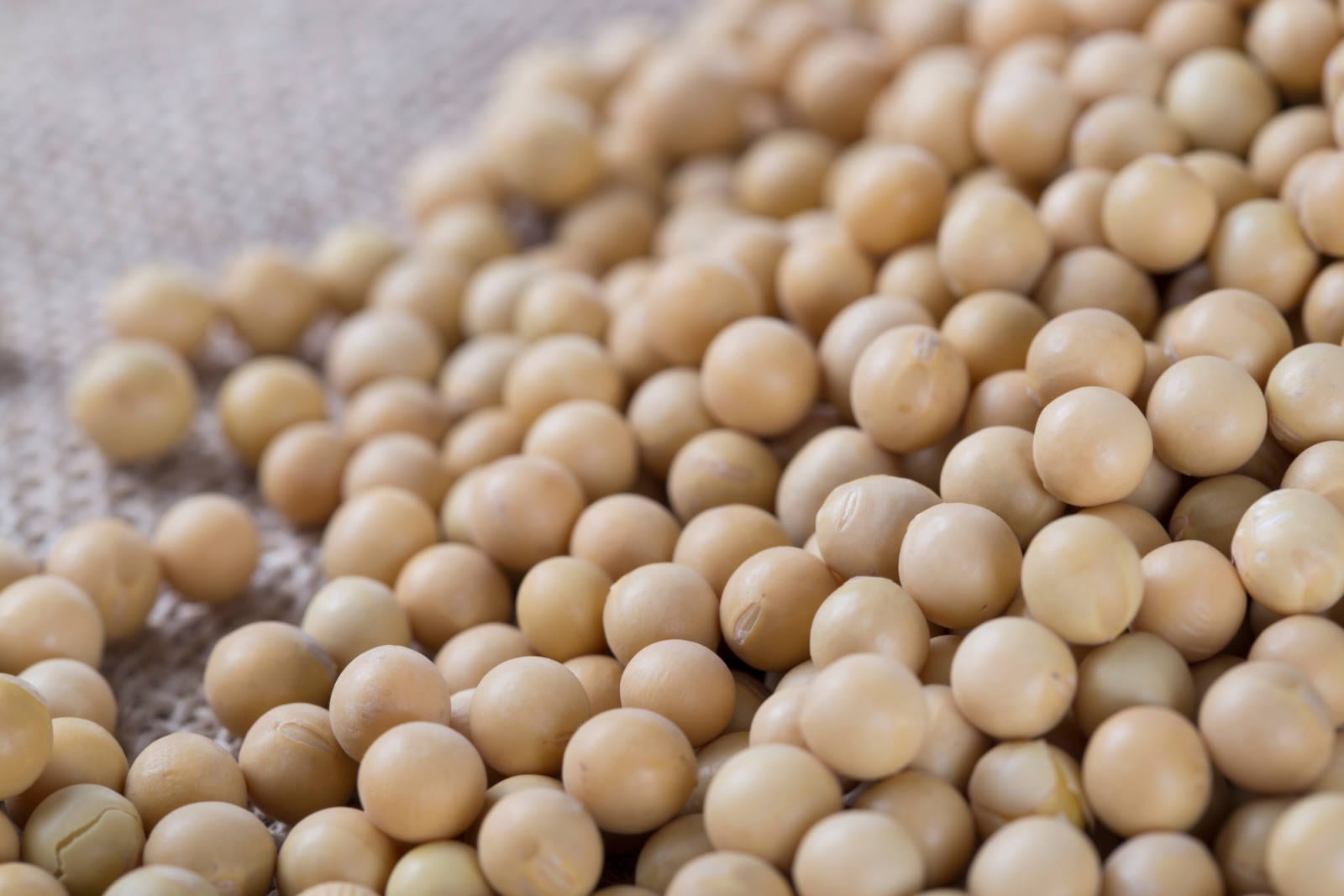The U.S. Department of Agriculture’s (USDA) attaché office in Beijing issued its Oilseeds and Products Annual report in late March. Highlighting the findings were expectations for demand to rebound in the 2019/20 marketing year of the world’s top consumer of oilseed and oilseed products. China’s demand for protein feeds has slowed in recent months as the nation’s hog industry grapples with controlling the recent outbreak of Asian Swine Fever (ASF). ASF was first identified in August and according to the Post’s Livestock and Products Semi-Annual report, more than one million pigs had been culled as of mid-March in hopes to curb the spread of the disease. The Post also believes that number is vastly underreported.
As a result of the reduced hog herd, China’s protein meal feed use is expected to grow one percent from the 2018/19 marketing year to reach 90.9 million tonnes in 2019/20. Attributing to the recovery is increasing consumer demand for alternative protein sources such as beef cattle, poultry and aquaculture production. The Post also notes that there are expectations for a transition away from the small family farming system that towards larger commercial-scale hog production. Domestic oilseed output is expected to remain essentially unchanged in 2019/20 near 59 million tonnes due mostly to technological constraints. Of the total oilseed output, China’s soybean production is forecast by the Post to total just 16.4 million tonnes or 28 percent of the total oilseed output. Peanut output, seen at 17.0 million tonnes, and rapeseed output, seen at 13.1 million tonnes, round out the country’s top three domestic oilseed crops. Steady output projections from 2018/19 in conjunction with expectations for growing domestic protein meal suggests that China will again rely heavily on oilseed imports in the coming marketing year. The U.S. soybean industry is relying on a resolution from ongoing trade talks between the U.S. and China to reopen commercial demand for U.S. soybeans.
